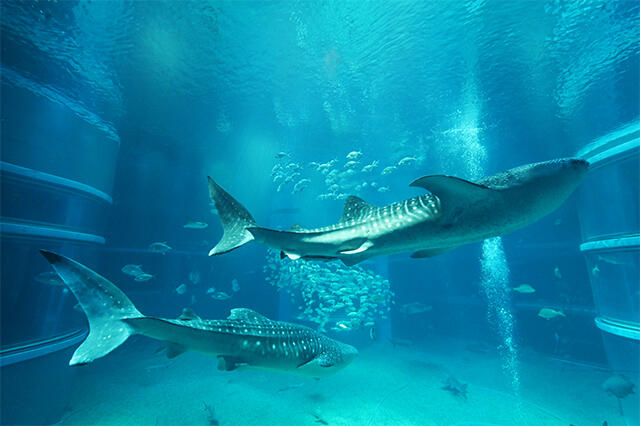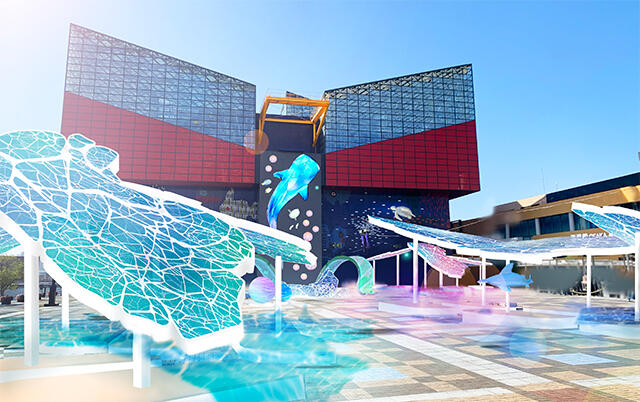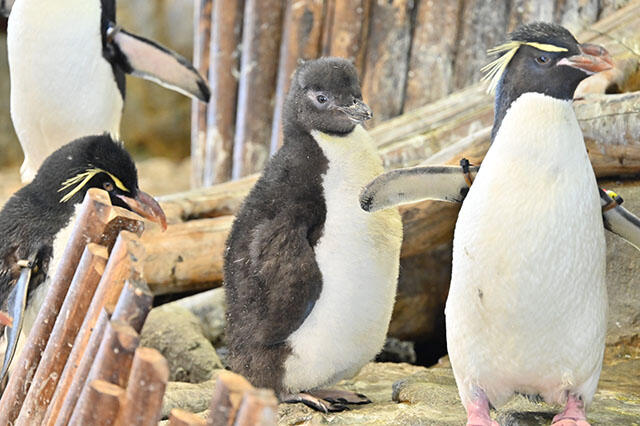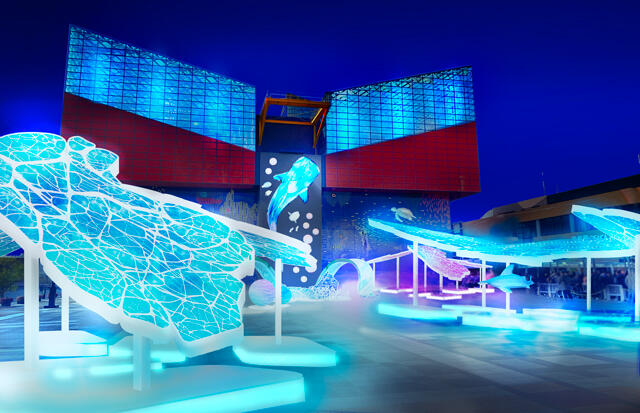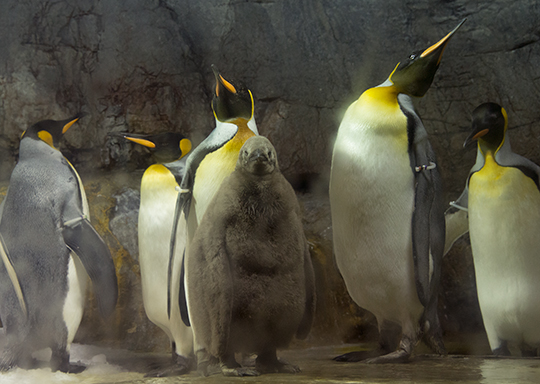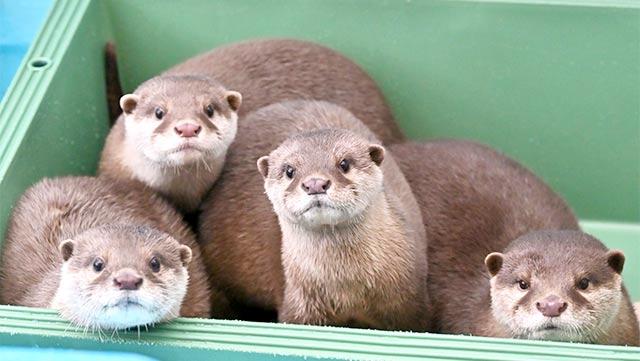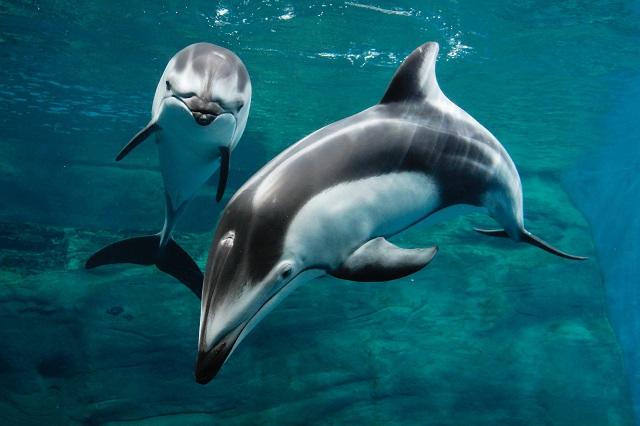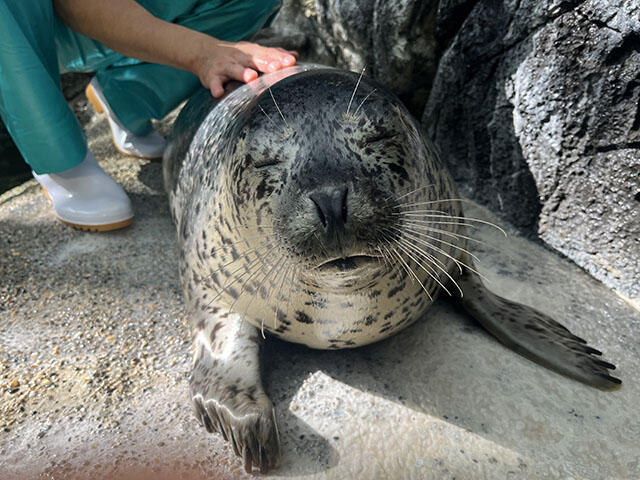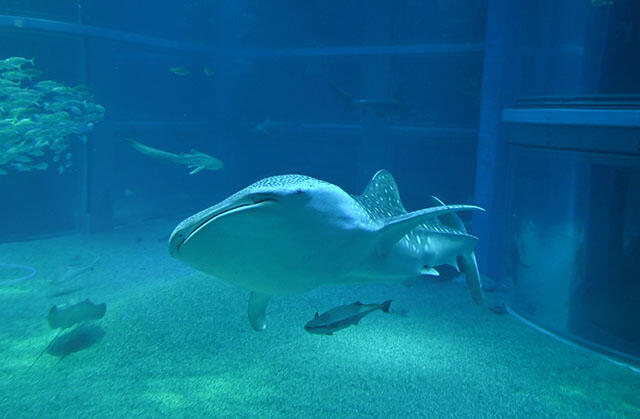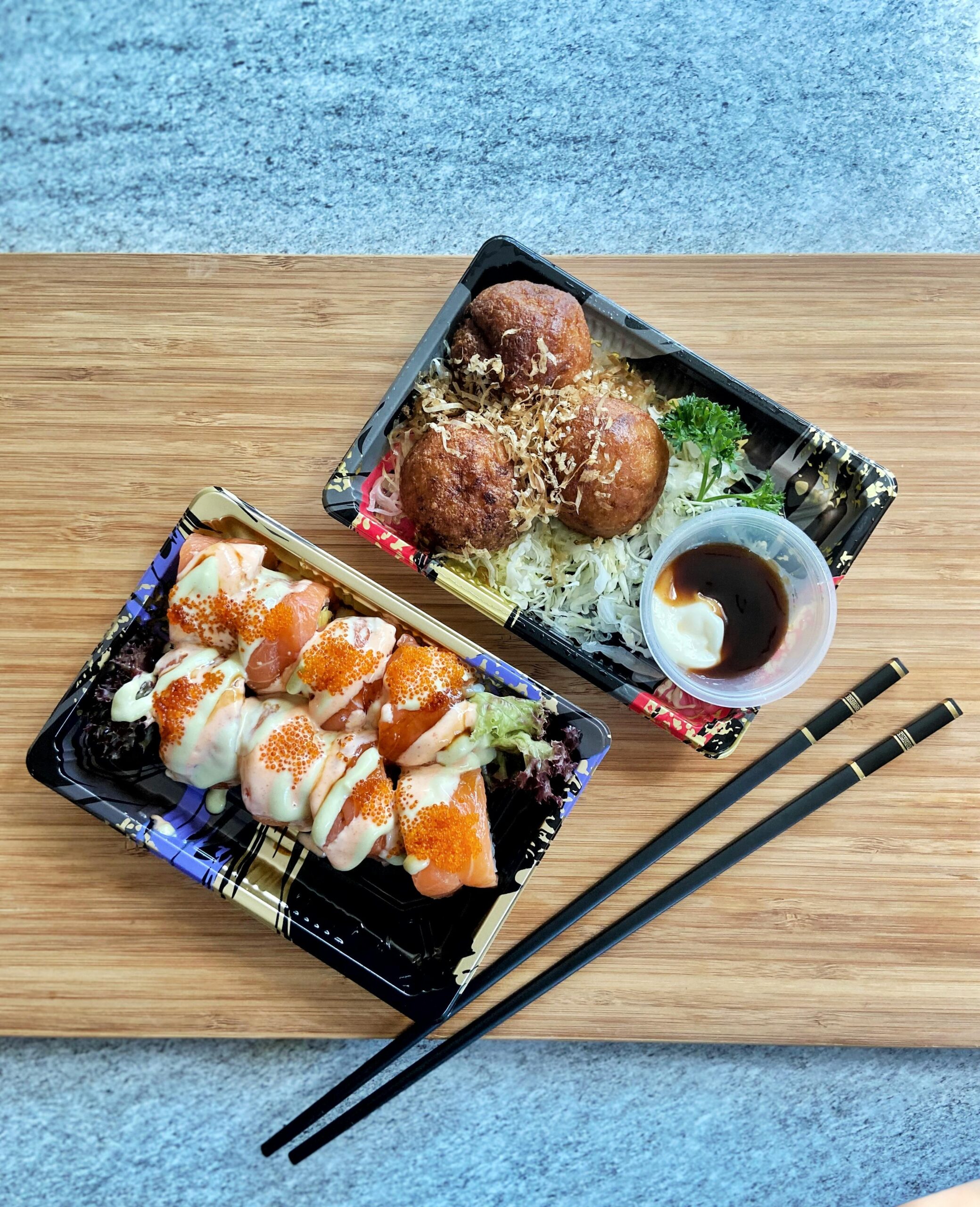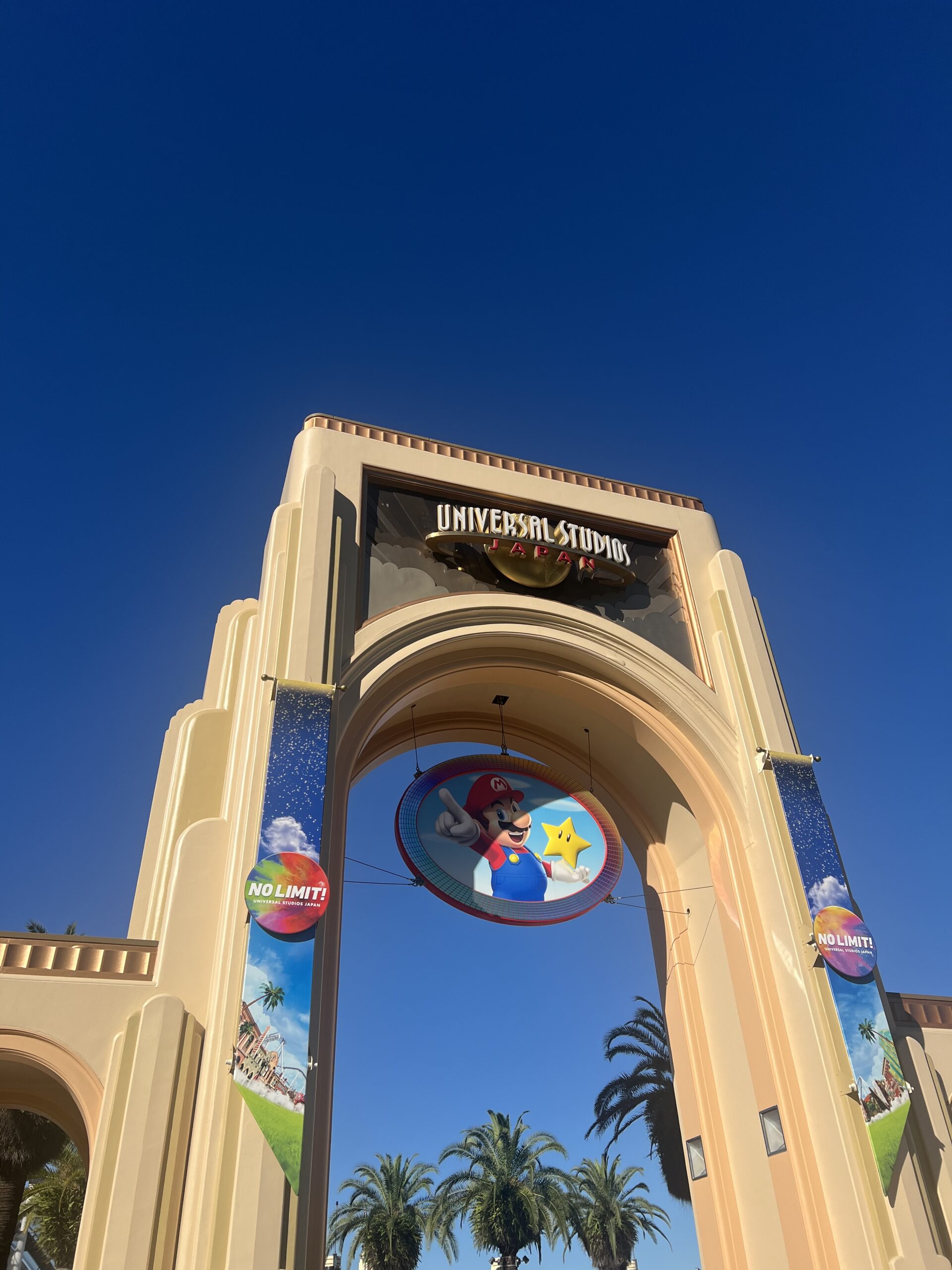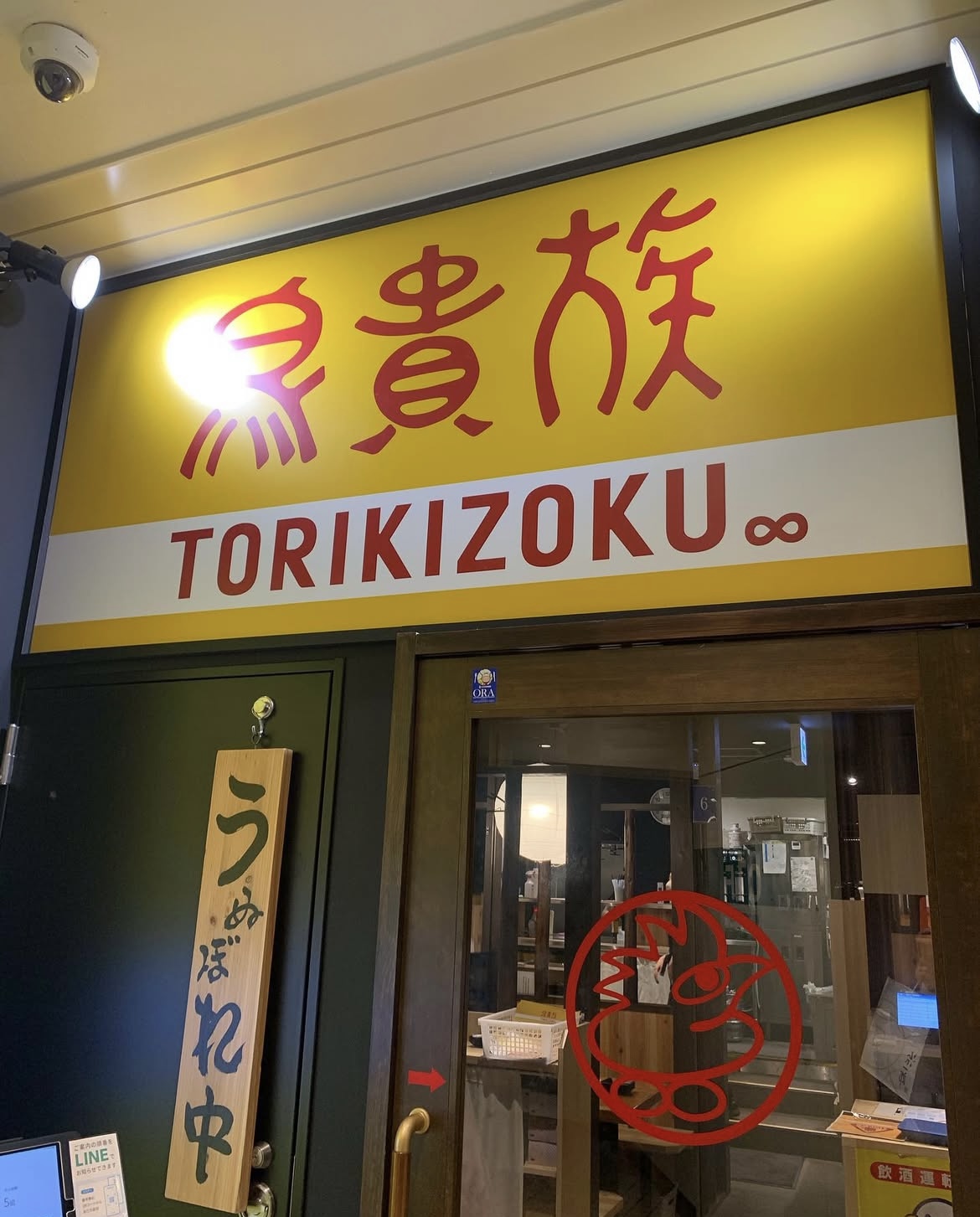

Things to do in Osaka: Osaka Aquarium Kaiyukan
Concept
The concept of Kaiyukan is based on the idea that “the earth and all living things on it live together as one living system.” All living things on Earth live in close connection with each other within the single ecosystem called Earth.
This connection can also be seen in the relationship between volcanoes and living things. The “Ring of Fire”, which surrounds the Pacific Ocean, and the “Ring of Life”, an area inhabited by many living things, almost coincide.
The activities of the Pacific Ring of Fire have created a variety of environments in each region, resulting in a rich variety of life forms. Kaiyukan’s journey begins in the lush greenery of the Japanese Forest and progresses into the sea along with the natural flow of water. Centering around the Pacific Ocean, the largest ocean on earth, we will tour the natural environment of the Pacific Rim, which shows a variety of expressions.
この投稿をInstagramで見る
Permanent exhibition: Two rings around the Pacific Ocean.
One is “Ring of Fire”.
It is called the Pacific Ring of Fire because the volcanoes that are still active today form a ring. The other one is “Ring of Life”. As a result of volcanic activity causing the earth to move and creating a variety of natural environments, many living things have come to live there. This rich network of life is called the Pacific Rim Life Belt. Kaiyukan tells you about the Pacific Ocean and the many natural environments and creatures that surround it.
Japan Forest
The sound of waterfalls echoing through the forest, the green moss becoming more vivid as it gets wet with drops, and the trees changing their appearance with each season. And the creatures that live near the water of mountain streams. If otters still lived in Japan, a scene like this might have spread.
Aleutian Islands
A chain of islands spanning 2,000km. This sea is rich in nutrients and attracts many living creatures. This aquarium is home to the diving seabird Etopirica, which is named for its beautiful beak.
この投稿をInstagramで見る
Monterey Bay
California, USA. Monterey Bay has one of the world’s largest underwater canyons. Highlights include the lively swimming between narrow rocks and the natural lifestyle of the sea lions, known as a harem.
Gulf of Panama
The Gulf of Panama is located in Central America. This aquarium recreates the dry season of the tropics. On land, the red coati, which has a distinctive pattern on its tail, moves around actively, and in the water, fish such as porcupine fish swim.
Ecuador Rain Forest
Tropical rainforests are the most biodiverse regions on Earth. Expressing lush greenery and wetlands. A huge fish, Pirarucu, swims in the water.
Ecuador Rain Forest
Tropical rainforests are the most biodiverse regions on Earth. Expressing lush greenery and wetlands. A huge fish, Pirarucu, swims in the water.
Tasman Sea
A reproduction of the Tasman Sea located between Australia and New Zealand. In this aquarium, white-faced dolphins are swimming dynamically.
Pacific Ocean
A variety of creatures live in the Pacific Ocean, which covers one-third of the Earth’s surface area. Many creatures live in this aquarium, including whale sharks swimming majestically, manta rays flapping their wings gracefully, and gregarious bears forming a group.
この投稿をInstagramで見る
Seto Inland Sea
The Seto Inland Sea is dotted with many large and small islands and has a beautiful scenery, making it a rich sea that supports a wide variety of living things. Here, the relationship between people and the sea is also expressed through glass floating balls and octopus pots.
Seasonal Exhibit
Japan is surrounded by the ocean and has four seasons, so there are some creatures that can only be seen during certain seasons. In this aquarium, creatures that can only be encountered now are on display for a limited time.
Coast of Chile
Coast of Chile, South America. The cold Humboldt Current flows through this region, and the seawater that rises from the deep sea nurtures many plankton. Sardines that feed on this fish form huge schools.
Cook Strait
Cook Strait, New Zealand. Living creatures live between the North Island, where volcanic activity is active, and the South Island, where ancient glaciers still remain.
Japan Deep
The Japan Trench stretches 800km from north to south and reaches a depth of 8,000m. This aquarium recreates the world of the deep sea, where the depth of the water is over 200 meters, where sunlight cannot reach.
この投稿をInstagramで見る
Aqua Gate
How fun would it be to be able to look freely into the ocean? “Aqua Gate” makes our wishes come true. A world of blue spreads out all over you, just like a transparent underwater tunnel. Brightly colored tropical fish invite us on a journey around the Pacific Rim.
Jellyfish
This is a new area where jellyfish appear to be floating in a galaxy-like space. You can feel the charm of jellyfish, such as their beauty, transparency, floating feeling, pulse of life, inclusiveness, and tranquility.
Arctic Region
Even in environments where the land is completely covered in ice, diverse ecosystems are thriving. The upper and lower floors recreate the ice and undersea conditions of the Arctic Circle.
Falkland Islands(Malvinas)
Located in the South Atlantic Ocean, these islands are rich in nutrients and support many forms of life thanks to the cold seawater brought in from Antarctica.
この投稿をInstagramで見る
“Pacific” backyard plan
Tour link:https://www.kaiyukan.com/program/guide_tour/
1.Jinbe Backyard (meal time) ticket
You can enter the backyard of the “Pacific Ocean” aquarium, which is normally only accessible to zookeepers, and watch whale sharks suck in food with their large mouths.
In addition, an interpreter will explain the ecology of the creatures that live in the Pacific aquarium, the shape of the tank, and the secrets of the feeding process that are filled with the knowledge of the zookeepers.
Sales location: Kaiyukan ticket counter (on the day) or Kaiyukan 8F backyard venue
Event time: 10:15am to 10:45am (Saturdays, Sundays, and holidays)
Afternoon: 14:45 to 15:15
Participation fee/capacity 2,500 yen
Target: Elementary school students and above
*Elementary school students must be accompanied by a guardian (16 years or older).
*Separate admission fee required
2.Jinbe Backyard Ticket
This is a special ticket that allows you to enter the backyard of the “Pacific Ocean” aquarium, which is normally only accessible to zookeepers, and observe whale sharks and other creatures from the top of the tank.
Event times 11:00~, 11:30~, 12:00~, 12:30~, 13:00~, 13:30~, 14:00~, 15:30~
20 minutes each time
Participation fee/500 yen
Target: Elementary school students and above
*Elementary school students must be accompanied by a guardian (16 years or older)
*Separate admission fee required
この投稿をInstagramで見る
3.Weekend only! “Personal Backyard Tour”
A tour of the backyard, which is normally only accessible to zookeepers, including the -30°C freezer where food is stored.
You can change into rain boots and watch whale sharks and other animals being fed up close from the working walkway above the “Pacific” aquarium.
This is a special tour packed with experiences that can only be found here, such as the space where the zookeepers actually work, the sound of whale sharks sucking in food, and the aquarium that you can see from the same perspective as the zookeepers.
Each event is held with only one group (2 to 5 people), so you can enjoy it with peace of mind.
[Currently recruiting dates]
Saturdays, Sundays, and holidays until the end of November 2024
[Reception location]
Kaiyukan Entrance Building 2F Group Reception (Information Center)
[Time]
Morning: 10:00 to 11:00 Afternoon: 14:30 to 15:30
*Please come to the Kaiyukan entrance building 2F group reception (information desk) at least 5 minutes in advance.
【subject】
Persons over 16 years old
*Since you will be entering the breeding work space, you cannot use canes or walking aids.
[Participation fee]
14,000 yen per group of 2 people (tax included) For 3 or more people, an additional 7,000 yen will be charged for each additional person. (*Up to 5 people)
*A separate admission fee is required.
